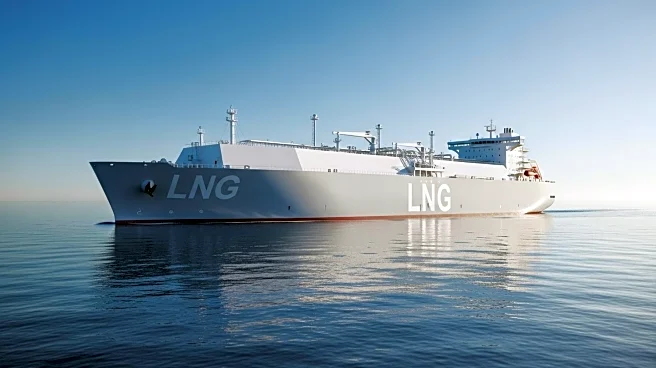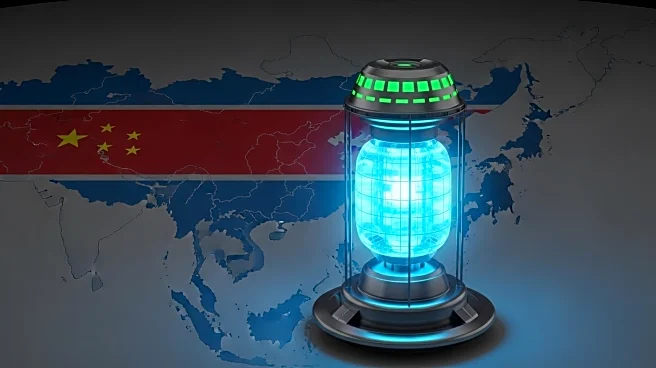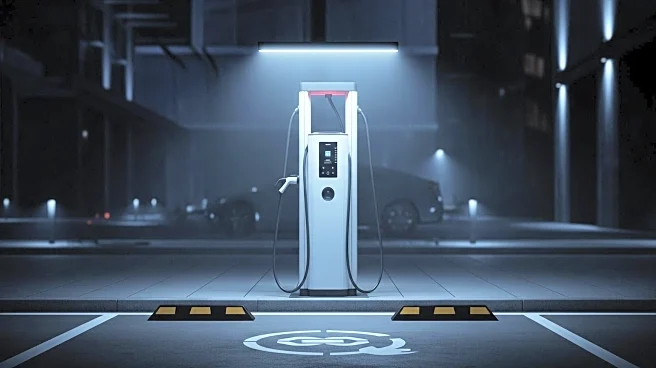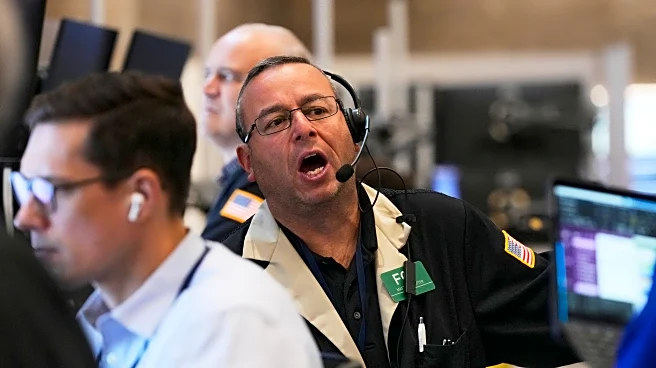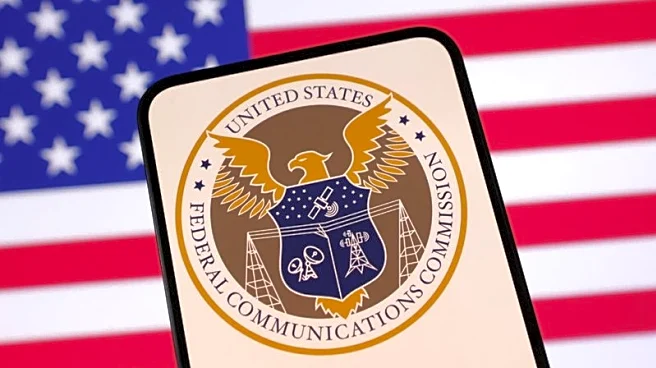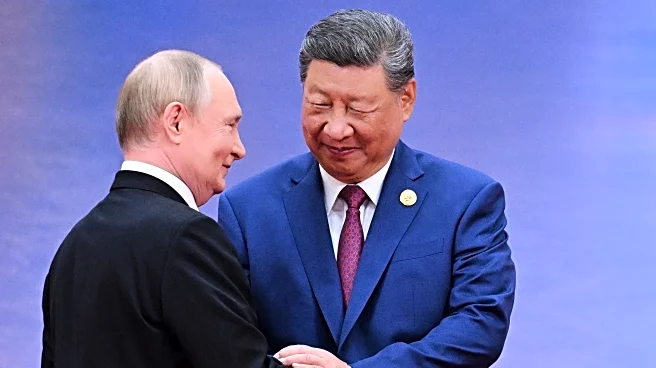What is the story about?
What's Happening?
US developers are rapidly advancing their efforts to secure financing for liquefied natural gas (LNG) export projects as a potential global surplus looms. The United States has become the leading exporter of LNG, driven by a significant expansion of terminals that process and ship the fuel. However, projects still under development face a critical deadline, with global LNG supply expected to surpass demand by 2027, according to BloombergNEF. By 2030, Qatar is anticipated to complete its own LNG expansion, further reducing the demand for new US terminals. Additionally, a pipeline expansion by Gazprom PJSC could redirect Russian natural gas to China, potentially displacing up to 40 million metric tons of LNG demand annually. Several US projects, including those by Woodside Energy, Cheniere Energy Inc., Venture Global, NextDecade Corp., Sempra, Kimmeridge, and Energy Transfer, are either under construction or awaiting final investment decisions, with capacities ranging from 9.5 to 63 million tons per year.
Why It's Important?
The race to secure financing for LNG projects is crucial for maintaining the US's position as a leading exporter in the face of increasing global competition. The potential oversupply of LNG could impact the profitability and viability of new projects, affecting stakeholders such as developers, investors, and local economies reliant on these facilities. The US's ability to adapt to changing market dynamics will influence its energy strategy and economic growth. Companies involved in these projects must navigate challenges such as labor shortages and regulatory hurdles to ensure timely completion and operation. The outcome of these efforts will have significant implications for the US energy sector and its role in global energy markets.
What's Next?
Several projects are awaiting final investment decisions, with developers like NextDecade Corp. and Energy Transfer planning to secure funding and finalize contracts by the end of the year. The expansion of existing facilities and the construction of new ones will continue to be monitored closely by industry stakeholders. The US government may also play a role in facilitating or hindering these developments through regulatory actions. As the global LNG market evolves, US exporters will need to strategize effectively to maintain competitiveness and address potential oversupply challenges.
AI Generated Content
Do you find this article useful?
